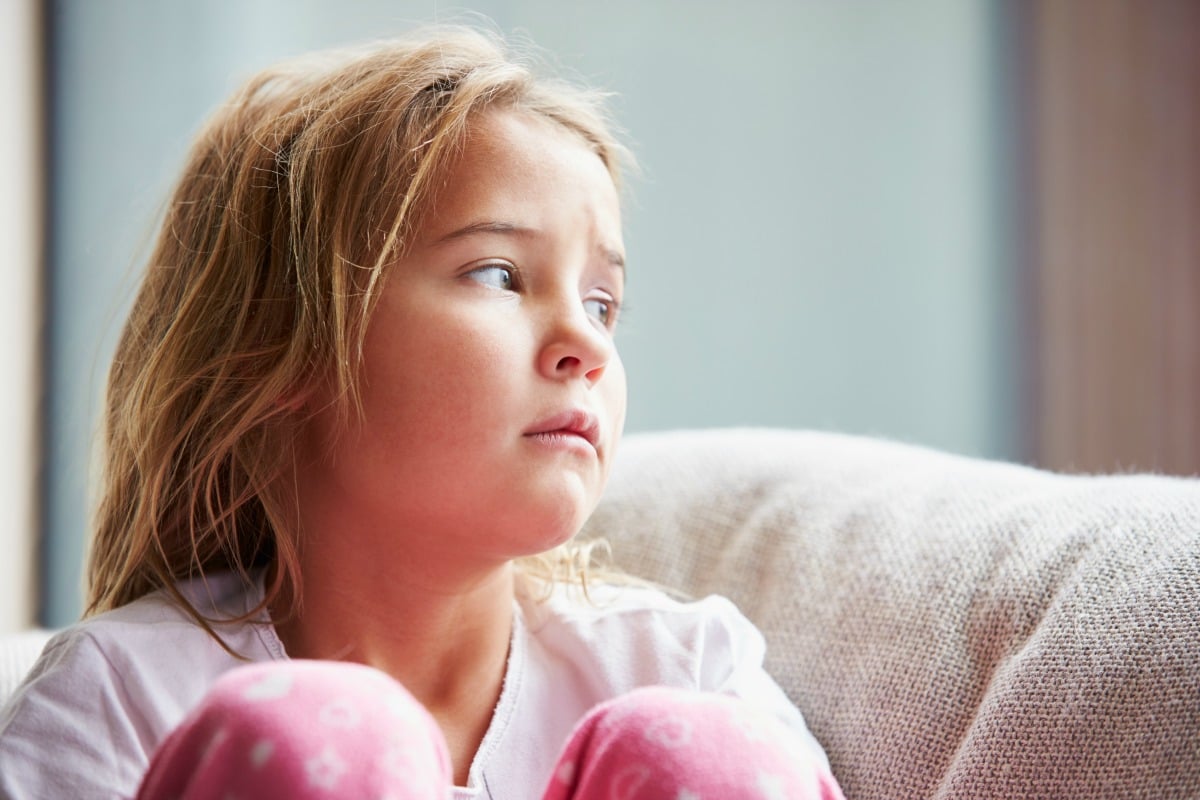
Content warning: This post mentions themes of eating disorders and mental health some readers may find triggering. Please call the Butterfly Foundation on 1800 33 4673 or Lifeline on 13 11 14 if you or someone you know needs assistance.
Imagine someone who has anorexia. I bet you are picturing a teenager girl 15 or 16 years of age, skinny, hiding under layers of clothing, avoiding the gaze of others. You probably think she was abused, bullied or came from a broken home; what else could explain the trauma, which would cause her to stop eating?
I also held those beliefs until anorexia moved into our home. Amy did not come from a broken home, nor did she experience trauma of any sort. As a matter of fact, she was surrounded by a loving family, enjoyed playing with her sister and friends, didn’t display any perfectionist tendencies and loved eating. And she was nine years old.
When anorexia enters your home, it does not ring the bell, rather it slips through the rips of the fly screen unnoticed. Her sister was the first to suggest Amy had an eating disorder, since “What child stops eating ice cream?” Chocolate, muesli bars and other treats quickly fell into the ‘unhealthy’-to-eat category. Who could argue with a child who didn’t want to eat churros, milkshakes or chips? Anorexia was very glad about this and started to make itself at home, unpacking its suitcase full of lies and deceits. By the time I started to become worried, Amy had already lost a couple of kilograms and her lunchbox came home half eaten. She had developed stomach trouble, was nauseous, constipated and hardly smiled any more.


Top Comments
"She didn't experience trauma of any sort", says her mother. Only the child knows the truth of that. What might not be trauma to the parent may be to the child. It's telling that the mother merely assumes it as a fact. maybe something happened she doesn't know about and the child is to ashamed to say. It could be that the child simply has buried feelings which she is not being encouraged to express. I know the trend is to blame everything but the parents, genetics, other people, societal messages, etc, but you'd expect that. People are now too deluded and self centred to be able to raise children properly, or see the truth.